As the world’s largest religion, with more than two billion members, Christianity is “one of religion’s great success stories,” notes Professor Luke Timothy Johnson, himself a former Benedictine monk. But Christianity is more than large and popular—it is extremely complex and often highly contradictory.
Christianity’s Central Creeds: Difficult to Fathom
Uniquely, Christianity asserts that its central figure, Jesus Christ, was not only a man but also God. The central elements of its creed—that there are three persons in one God, for example—are often difficult to accept or understand.
It emphasizes belief rather than law and ritual practice. And it is highly susceptible to paradox:
- Bearing a message of peace and unity, it has often been a source of conflict and division.
- Proclaiming a heavenly kingdom, it has often been deeply involved with mundane politics.
- Rejecting worldly wisdom, it has claimed the intellectual allegiance of great minds.
These apparent contradictions arise from the complex character of Christianity’s claims about God, the world, and above all, Jesus of Nazareth, whose death and resurrection form the heart of the good news proclaimed by this religious tradition.
“The lectures concentrate on the basics,” says Professor Johnson. “They seek to provide a clear survey of the most important elements of this religious tradition and a framework for the student’s further study.”
Professor Johnson is the author of several hundred articles and reviews as well as 21 books, including The Real Jesus: The Misguided Quest for the Historical Jesus and the Truth of the Traditional Gospels (1996).
In his course, you will consider fundamental issues including:
- Christianity’s birth and expansion across the Mediterranean world
- The development of its doctrine
- Its transformation after Christianity became the imperial religion of Rome
- Its many and deep connections to Western culture
- Tensions within Christianity today.
Discover a Great World Religion
This course introduces Christianity as a world religion. The obvious first questions to ask are: “What is a religion?” and “What is a world religion?”
The word religion can be defined as “a way of life organized around experiences and convictions concerning ultimate power.”
A world religion has experience and convictions that successfully organize a way of life beyond local, ethnic, or national boundaries.
By any measure, Christianity must be considered a world religion because:
- It claims more adherents than any other religion and is the dominant tradition among many diverse populations.
- It has 2,000 years of history, making it younger than Judaism, Hinduism, and Buddhism, but older than Islam.
- It is complex both in its internal development and in its engagement with culture.
- It is remarkably various in its manifestations, existing not only in three distinct groups (Orthodox, Roman Catholic, Protestant), but in thousands of specific styles.
- Much of the world operates on a dating system that has as its central reference the birth of Jesus: B.C. (before Christ) and A.D. (anno Domini, or, the year of our Lord).
Beginning as a sect of Judaism in an obscure province of the Roman Empire in the 1st century, it became the official religion of the empire by the 4th century and dominated the cultural life of Europe for much of its history.
Although Christianity’s influence has declined in Europe and North America, it continues to expand worldwide. In the First World, Christian fundamentalism struggles with modernity. Yet, in the 21st century, Christianity is poised for a possible renaissance in developing nations, where millions of new followers are drawn to its central and powerful claim: the resurrection of Christ.
Manifestations of Christianity
Professor Johnson’s synthetic approach provides first an overview of the Christian story, how it understands history from creation to new creation—and the relation of scripture to that history, and the Christian creed: what Christians believe about God, Jesus, the Holy Spirit, and the church.
He explains Christian practice as expressed, in turn, by the structure of the community and its sacraments, by the struggles of Christians to find a coherent and consistent moral teaching, and by various manifestations of Christianity’s more radical edge in martyrs, monks, mendicants, missionaries, and mystics.
Professor Johnson’s lectures also deal with internal and external conflicts:
- The division of Christianity into three great families: Orthodox, Roman Catholic, and Protestant.
- The centuries-long struggle to find an appropriate role within the political structures of society.
- Christianity’s past and present engagement with culture and the life of the mind, with particular emphasis on the impact of the Enlightenment.
Christianity’s Distinct Character and Possibilities
By the end of this course, students will have a grasp of:
- Christianity’s distinctive character
- Major turning points in its history
- Its most important shared beliefs and practices
- Its sharp internal divisions
- Its struggles to adapt to changing circumstances
- Christianity’s continuing appeal to many of the world’s peoples.
Harold McFarland, editor of Midwest Book Review, writes about this course: “If you want a good understanding of Christianity from a historical perspective—where it came from, where it is going, how its doctrines have come about and how they have changed, this is one of the best places to acquire that knowledge.”
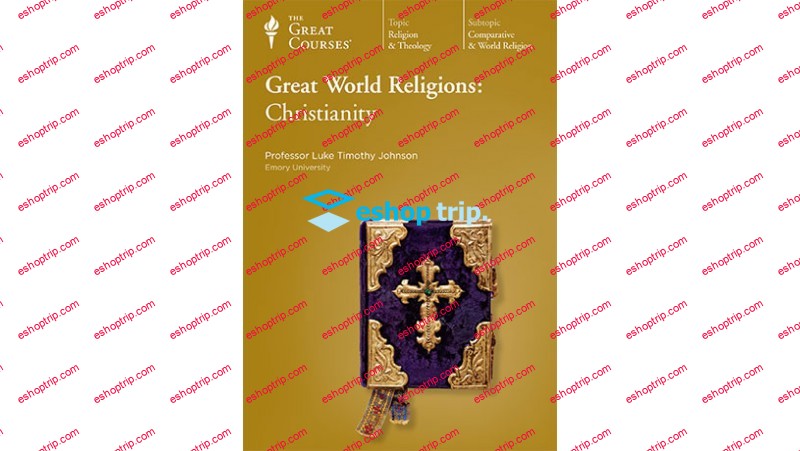

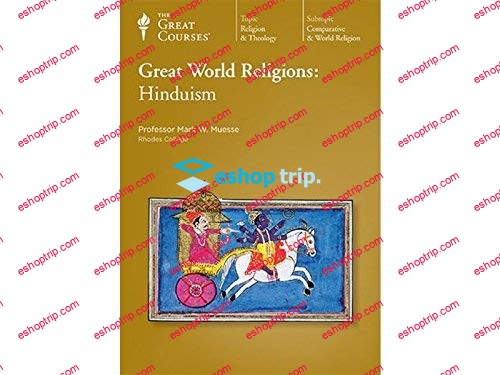
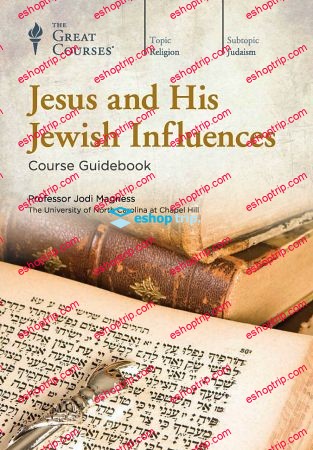
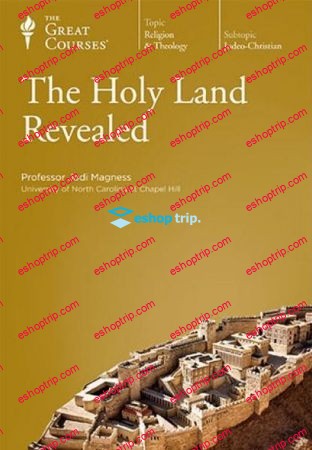

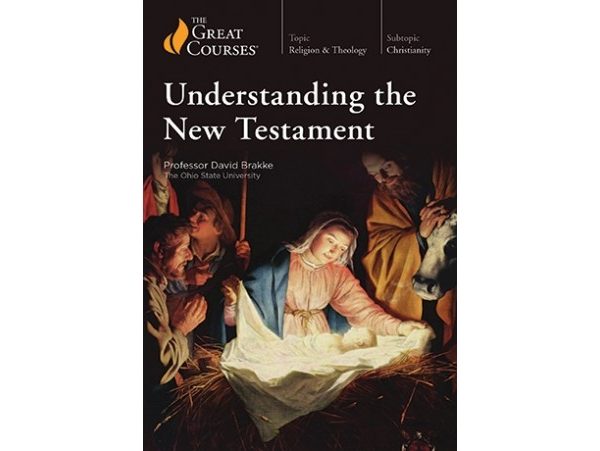
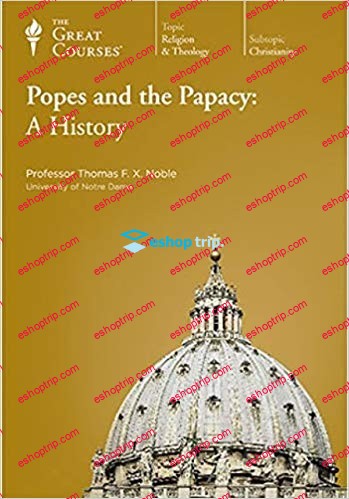

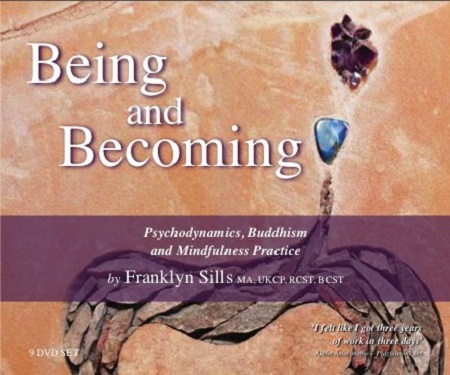

Reviews
There are no reviews yet.